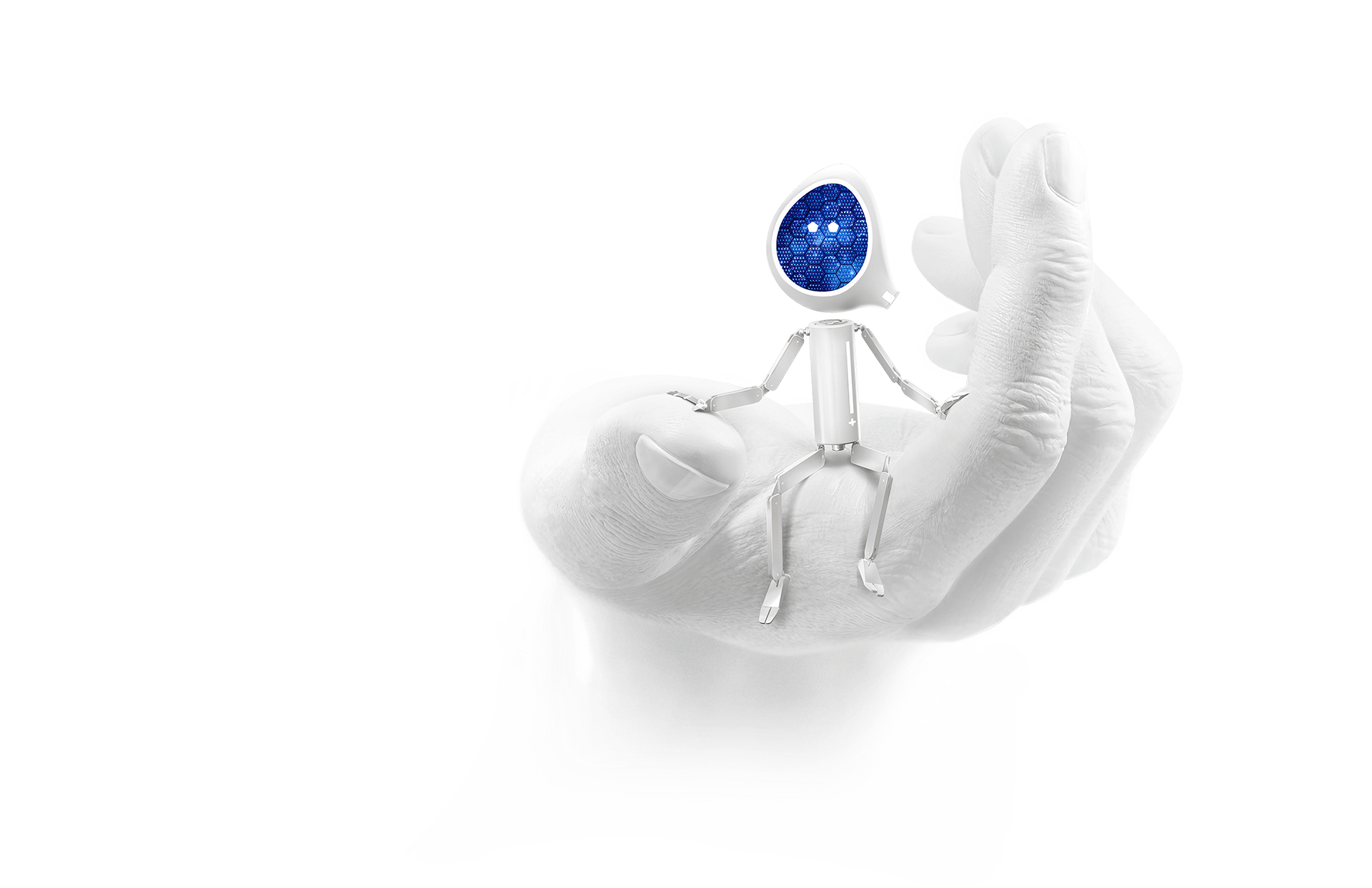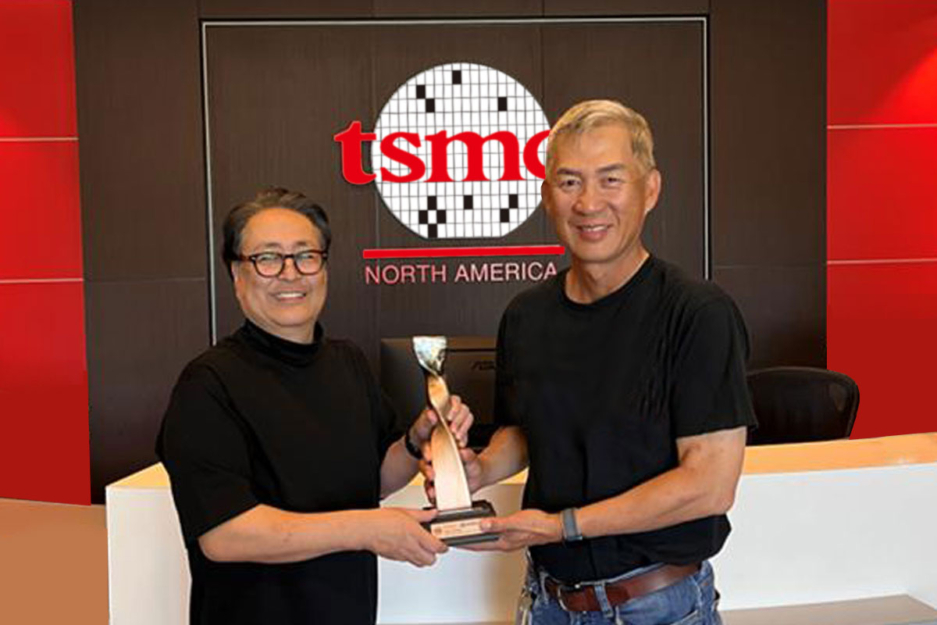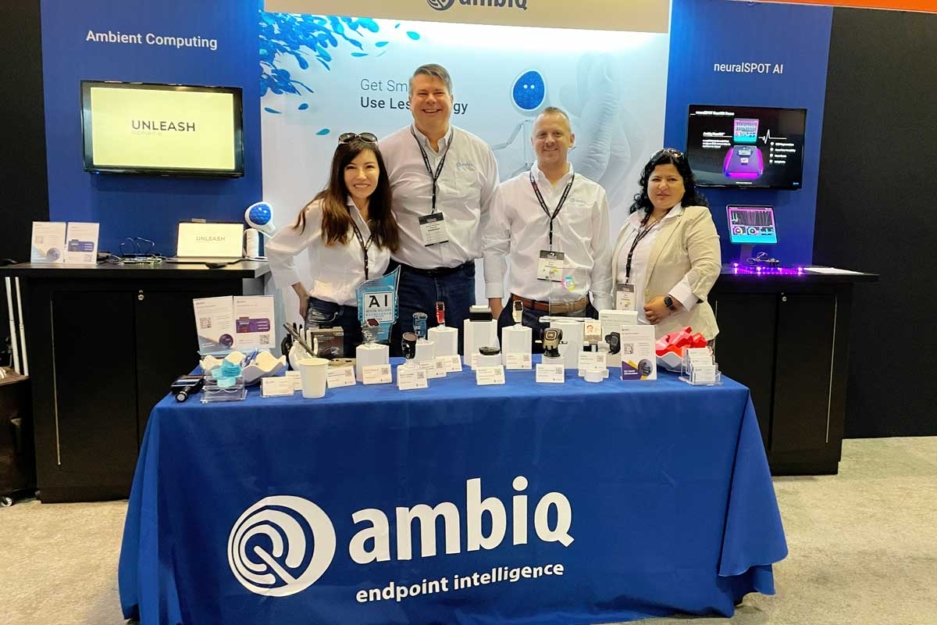The 2-Minute Rule for ambiq
The 2-Minute Rule for ambiq
Blog Article

Via generative AI, tasks are increasingly being automated within the healthcare industry. AI is getting used by professional medical industry experts to research health-related images, help in analysis, and even create treatment tips. The accuracy and effectiveness of healthcare operations are increased by this development. This aspect is predicted to push the growth on the Generative AI Sector.
Not enough a 2nd Saturn V manufacturing operate killed this program and remaining The usa without a Tremendous hefty-elevate launch auto. Some from the U.S. Area Group came to lament this example,[90] as ongoing production might have allowed the Global Space Station, employing a Skylab or Mir configuration with equally U.
Pursuing this primary manned flight will be Apollo two was, a replica of the Apollo one mission to give NASA a chance to examination or revisit anything the initial crew may need skipped.
Around the return to Earth, a bearing on the Guam monitoring station unsuccessful, likely preventing communication on the last segment of your Earth return. A regular restore was not possible while in the readily available time though the station director, Charles Force, experienced his 10-calendar year-old son Greg use his small hands to reach in the housing and pack it with grease. Greg was later thanked by Armstrong.[179] Splashdown and quarantine
NASA explores the unknown in air and Place, innovates for the advantage of humanity, and conjures up the globe via discovery.
Pretty merely, clever wearables are poised to drive the development on the field For a long time to return.
Ambiq produced it into the headlines in the midst of the pandemic as Ambiq, together with associates Excelpoint and iWOW, enabled Singapore’s TraceTogether Token to aid struggle in opposition to Covid-19. A Bluetooth-enabled token, a physical system powered with the Ambiq Apollo3 Blue microcontroller, provided the mandatory efficiency without the need of sacrificing battery existence.
TSMC’s revolutionary 22nm embedded MRAM technologies, which was adopted in Apollo4, is critical to guidance on-chip code storage for SoC functions to obtain sector-major power general performance.”
With Singapore’s status as a world node for innovation, Ambiq may also manage to tap on the region’s skilled expertise pool and advanced electronic infrastructure for its new Technologies Style and design Center.”
It displays the process when the parts are driven off for the consumer-configurable electricity-up function even though consuming only nanoamps of ability.
A few days later the crew is in lunar orbit. On a daily basis following that, Armstrong and Aldrin climb in to the lunar module Eagle and start the descent, when Collins orbits while in the command module Columbia.
Temperature satellites were not nonetheless widespread, but US Air Force Captain Hank Brandli experienced access to top rated-key spy satellite images. He recognized that a storm front was headed for that Apollo recovery spot. Bad visibility which could make finding the capsule tough, and robust upper-stage winds which "would've ripped their parachutes to shreds" In line with Brandli, posed a significant risk to the security from the mission.
Armstrong then jumped on to the ladder's third rung, and climbed in the LM. Right after transferring to LM life guidance, the explorers lightened the ascent stage for that return to lunar orbit by tossing out their PLSS backpacks, lunar overshoes, an empty Hasselblad digital camera, as well as other devices. The hatch was closed yet again at 05:11:13. They then pressurized the LM and settled all the way down to rest.[163]
For many years, Aldrin thought the final selection was mostly driven through the lunar module's hatch area. Because the astronauts had their spacesuits on and the spacecraft was so little, maneuvering to exit the spacecraft was difficult. The crew tried a simulation in which Aldrin remaining the spacecraft to start with, but he weakened the simulator when aiming to egress.
Get Smart. Use Less Energy.
Ultra-low power SoCs for IoT endpoint devices
that demand complex operations
and longer battery life.
✍ Ambiq® is committed to further improve the quality of life by enabling the intelligence of endpoints while further reducing carbon footprints. Ambiq – your partner in endpoint intelligence.
✯✯✯Based in Austin, San Jose, Hsinchu, Shenzhen, and Shanghai, our leadership and management teams consist pet health monitoring devices of advocates, builders, enthusiasts, entrepreneurs, explorers, incubators, inventors, pioneers, protectors, thinkers, and visionaries. With a diverse spectrum of experiences and skillset, we came together and united with one goal to enable the true Internet of Things where the battery-powered endpoint devices can truly be connected intuitively and intelligently 24/7.
Ambiq Wins the Demo of the Year Award at 2023 TSMC Technology Symposium
September 7, 2023, Austin, TX – Ambiq®, a leading developer of ultra-low-power semiconductor solutions that deliver a multifold increase in energy efficiency, was awarded the Demo of the Year Award by TSMC as a participant of the Innovation Zone at the 2023 TSMC North America Technology Symposium.
Ambiq Wins the Demo of the Year Award at 2023 TSMC Technology Symposium
During the April event, Ambiq showcased various product design wins using TSMC’s 22nm technology in wearables, digital health, smart home, Industrial IoT, pet trackers, and retail segments, with industry-leading energy efficiency. Ambiq also featured two live demos emphasizing its leadership in enabling endpoint AI with its HeartKit™ for remote patient monitoring and its graphics display capabilities for a vivid user interface. 
TSMC pioneered the pure-play semiconductor foundry business model when it was founded in 1987, helping startup companies accelerate their innovations by providing access to the industry’s leading process technologies and manufacturing capacity. Since 2021, TSMC has expanded that mission with an Innovation Zone at its worldwide Technology Symposiums, highlighting how TSMC partners with startup companies to enable cutting-edge products from various applications, including high-performance computing, communication, automotive, IoT, and consumer segments.
“We’re grateful to TSMC and our booth visitors for allowing us to share our energy-efficient technology and processor solutions with them,” said Ambiq’s CEO, Fumihide Esaka. “We’re moving towards an exciting frontier of AI becoming more engrained with our daily lives. With that vision on the horizon, we will continue to develop innovative and first-of-its-kind ultra-low-powered solutions that keep innovation and sustainability in mind. 
Ambiq’s mission is to develop the lowest-power semiconductor solutions to enable intelligent devices everywhere by developing the lowest-power semiconductor solutions to drive a more energy-efficient, sustainable, and data-driven world. Ambiq has helped leading manufacturers worldwide develop products that last weeks on a single charge (rather than days), while delivering a maximum feature set in compact industrial designs. Ambiq’s goal is to take Artificial Intelligence (AI) where it has never gone before in mobile and portable devices, using Ambiq’s advanced ultra-low power system on chip (SoC) solutions. Ambiq has shipped more than 200 million ambiq apollo 3 units as of March 2023.
Ambiq Designs Low-Power for Next Gen Endpoint Devices
Ambiq’s VP of Architecture and Product Planning, Dan Cermak, joins the ipXchange team at CES to discuss how manufacturers can improve their products with ultra-low power. As technology becomes more sophisticated, energy consumption continues to grow. Here Dan outlines how Ambiq stays ahead of the curve by planning for energy requirements 5 years in advance.
Facebook | Linkedin | Twitter | YouTube